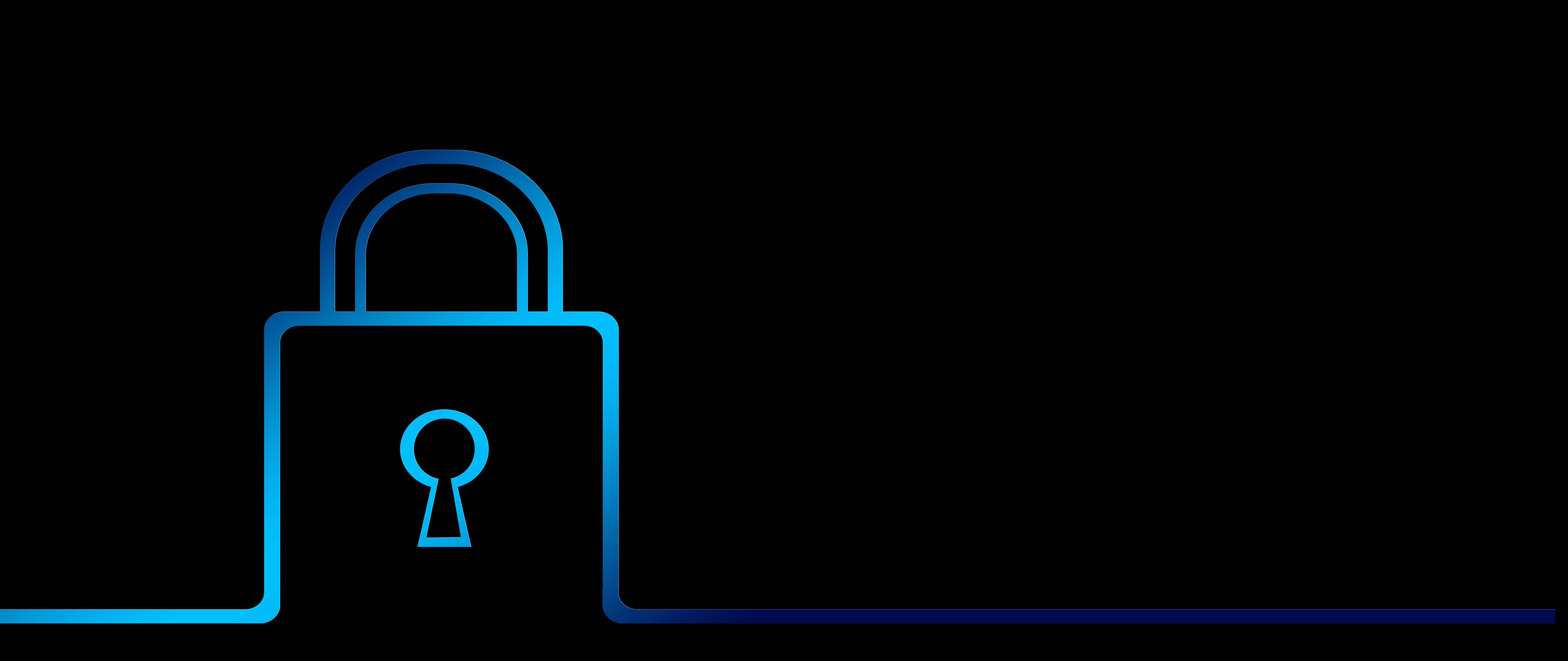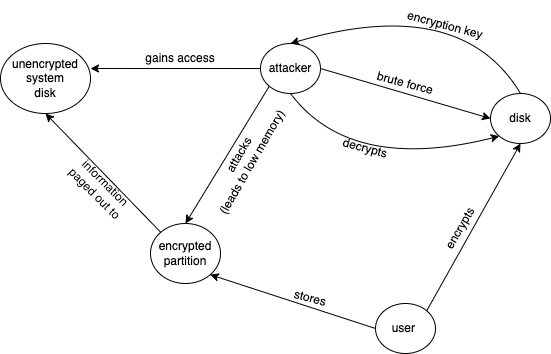Developing an API for a Distributed Environment
Unit 9
Welcome to Week 9. This week is important from the perspective of
gaining practical Python developing skills which will support your summative assessment.
During this week’s materials, you will
create an
API, and using that API, you will experiment with creating and reading records.
Knowledge of the Python libraries will continue to be built upon this week and will now be harnessed to create an API through which a system can be created to perform file management.
At the back-end side of development prior to this, students have been exposed to how to create software, which is secure, through the application of good coding practices.
Skillsets will now be expanded upon to access the back-end code developments through a user interface (UI).

 - Post by Gianluca Cannone:
- Post by Gianluca Cannone: